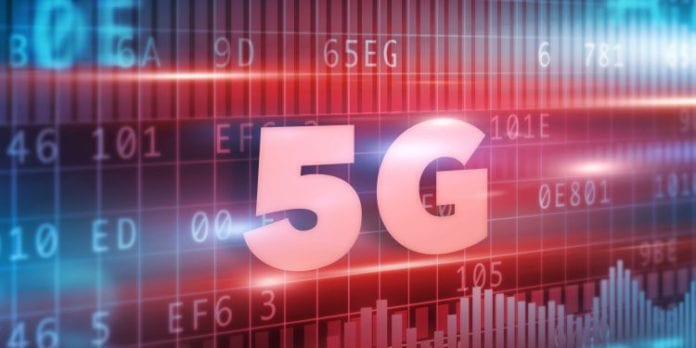Testing and verifying designs for millimeter-wave prototypes is an ongoing challenge for the industry as it moves into 5G. Engineers need to understand how 5G mmwave prototypes will behave in a wide range of challenge propagation scenarios, which is typically accomplished through an emulation approach.
A research team at the New York University Tandon School of Engineering, led by post-doctoral fellow Aditya Dhananjay and supervised by professors Sundeep Rangan and Dennis Shasha, has developed a channel emulator that emulates not only the wireless channel, but the multi-antenna front-ends on the devices themselves. Commercial off-the-shelf components for the project were donated by National Instruments.
Dhananjay is researching a new approach to a channel emulator, the box that transmits radio frequency signals as if they had gone out into the real world via antenna and provide insight into reflections, Doppler shifts and other behavior. Channel emulation has always been an important part of RF research and development, but it becomes staggeringly complex in 5G scenarios – particularly in the context of millimeter-wave phased arrays for massive MIMO. Dhananjay said that the cost and computational complexity of emulation for 5G mmwave systems is increased by a factor of 1,000 and that no commercial 5G mmwave emulators exist on the market today.
“The bottom line is, you can’t take the approach for 3G and 4G and simply scale it up for the 5G use cases, because of the increasingly high cost,” he said.
Dhananjay instead has worked on developing a channel emulation approach in which beamforming is emulated on both the transmit and receive sides, along with the wireless channel itself. The transmitting and receiving devices provide their beamforming vector information; the transmitting device also provides the pre-beam-formed signal, and the emulator sends the processed signal, modified by the channel conditions, to the receiving device, while supporting more than 2 gigahertz of real-time bandwidth and can support hundreds of antenna elements on devices under test. The 5G channel emulator has already been demonstrated with 64-element devices under test at the Brooklyn 5G Summit and NI Week.
For more information about the transition from LTE to 5G, download RCR Wireless News’ recent editorial special report and check out its webinar on the topic.

